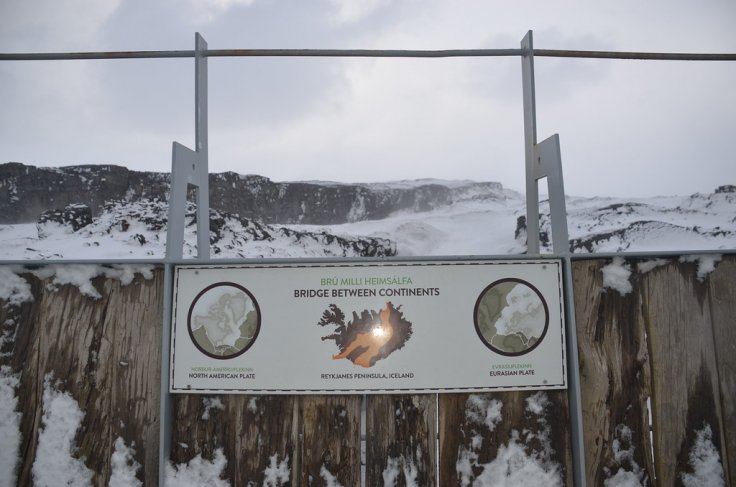There are nine active volcanos in the world which pose a continuous threat to humanity. But recently scientists have warned that the escalating volcanic activity in Iceland's Reykjanes peninsula has the potential to cause disruption for 300 years.
It should be noted that the peninsula, which is south-west of Reykjavik, the capital of Iceland, last erupted around 800 years ago. But from January 21, the region has recorded over 8,000 earthquakes and the land uplift of 10 centimetres due to the underground magma activities, said Icelandic Meteorological Office (IMO). As per the researchers, these new findings suggest that the volcanic region is becoming active once more.
Icelandic Reykjanes peninsula eruption

It was in the 10th century when the volcano last erupted and since then till the 13th century, the volcano continued to erupt. As reported by The Guardian, Dave McGarvie, a volcanologist at Lancaster University said that "It seems that after being relatively inactive for many centuries, this region is waking up."
It should be mentioned that when in 2010 one of the Icelandic volcanos Eyjafjallajökull erupted, the clouds of volcanic ashes covered much of Europe, which is currently fighting with another catastrophic situation, Coronavirus pandemic.
In the case of Reykjanes peninsula, the volcanic region is close to the town of Grindavík and the popular Blue Lagoon tourist attraction. The area is also around 15 kilometres away from Iceland's international airport. As per the geological documents, this area includes five volcanic systems that seem to get activated in a coordinated way roughly every 1,000 years.
When the Icelandic Reykjanes peninsula sees volcanic activity it can create eruptive episodes, known as 'fires', for centuries, while creating fissures of up to eight kilometres in length in the earth which spew lava.
Iceland volcanic activity

As per the most recent eruption records, between 1210 and 1240 the eruptive episodes covered about 50 sq kilometres of land in lava. At that time minimum, six separate eruptions occurred in the region and each lasted for weeks and months. Researchers said wind carried away volcanic rock fragments and particles tens of kilometres away from the eruption site, while the rockfall caused problems for livestock in nearby regions.
In the 21st century, if the same incident occurs then as per Iceland GeoSurvey, runways at Keflavík airport will be covered with two centimetres of volcanic ash that will disrupt flight schedules. Kristín Jónsdóttir from the Icelandic Meteorological Office mentioned that "The worst-case scenario is if lava flows towards the town of Grindavík," and added that "There is also another important infrastructure in the vicinity including a geothermal power plant. Hot and cold-water supply may be at risk, along with roads, including the road between Reykjavík and Keflavík airport."
Even though at this moment there is so sign of immediate danger in Iceland, researchers said that they will keep an eye on Reykjanes peninsula. On Friday, Indonesia's volcano Anak Krakatau, known for its deadly 1883 eruption has erupted and spewed an ash column spanning nine miles into the sky. The volcanic eruption was so loud that people who are living in Jakarta also heard the sound.









